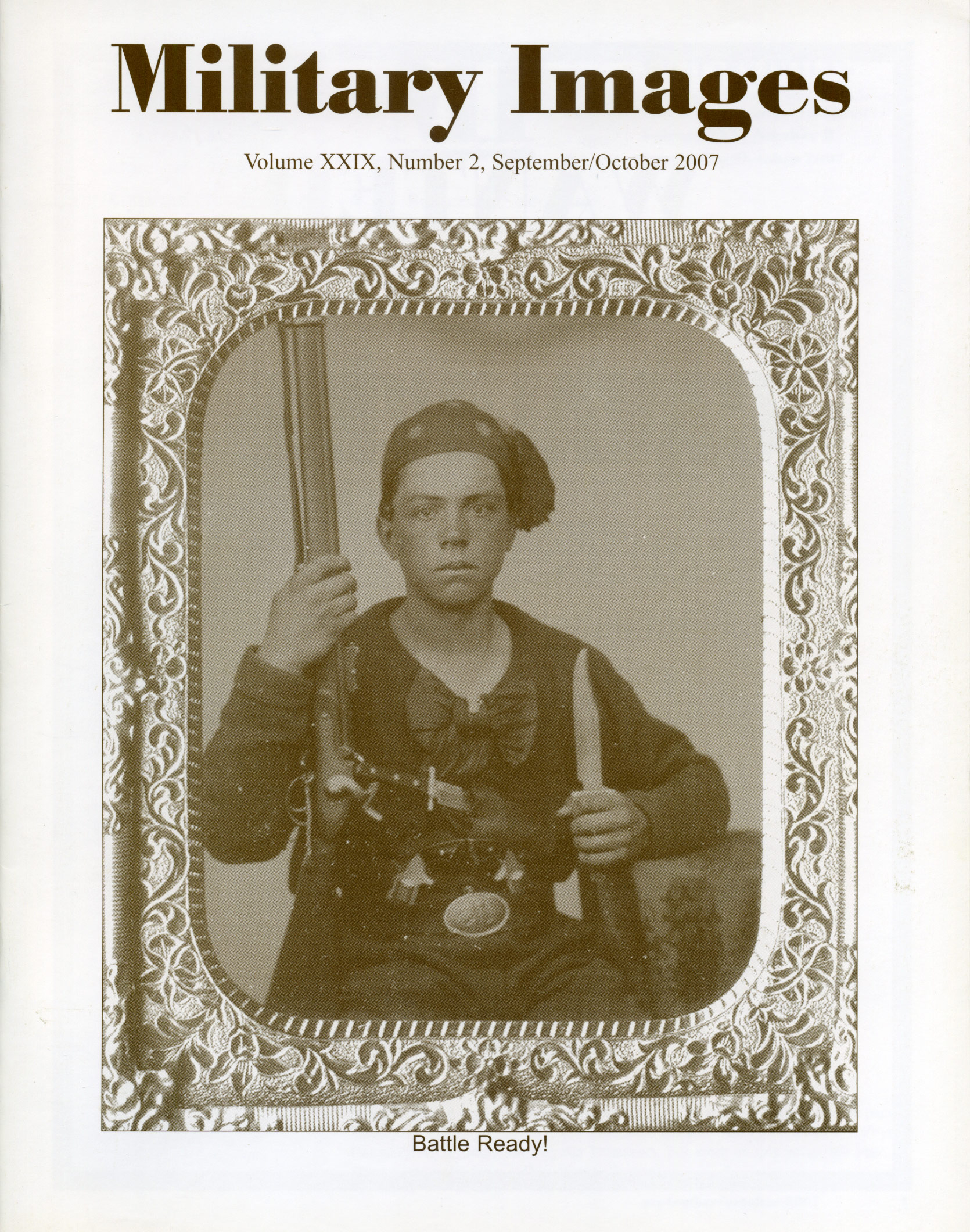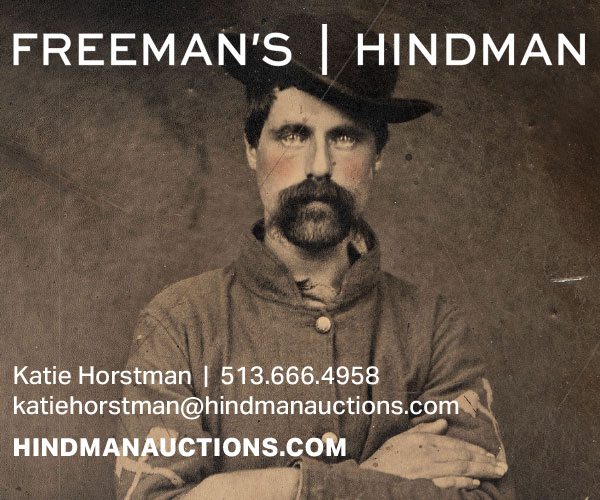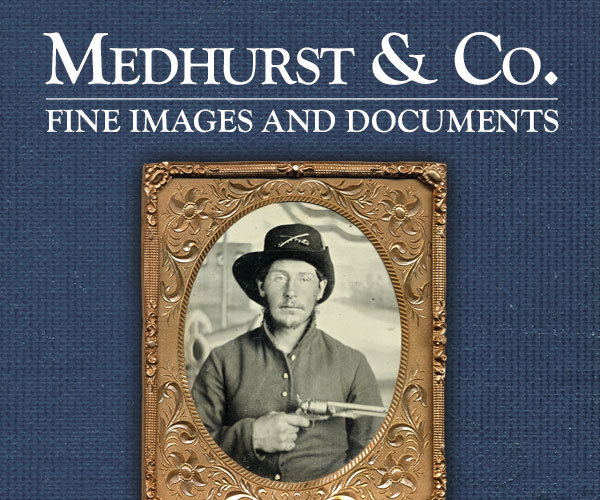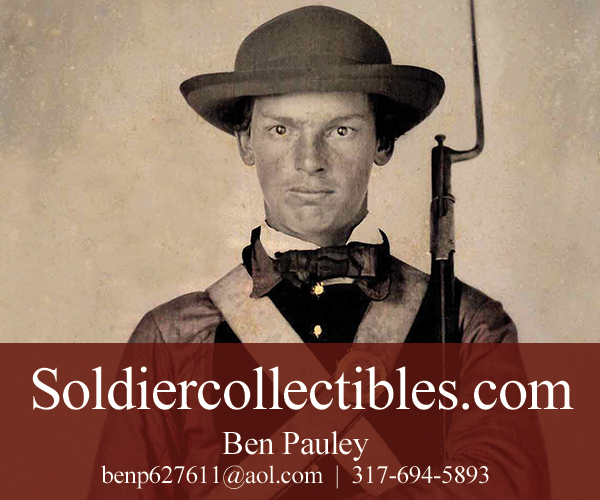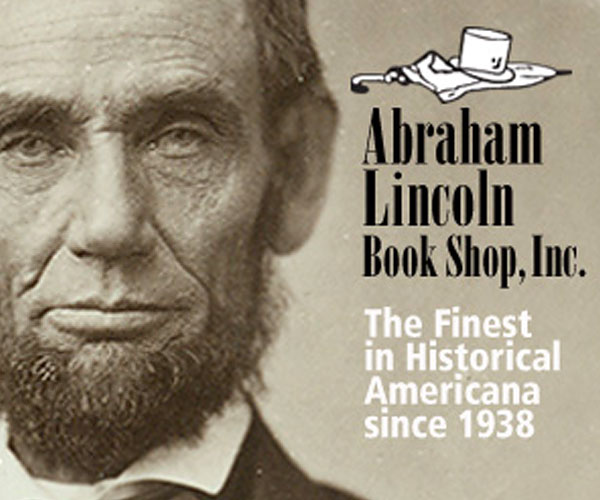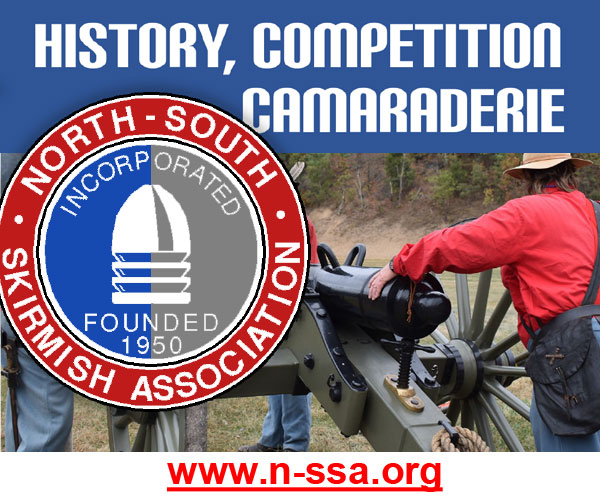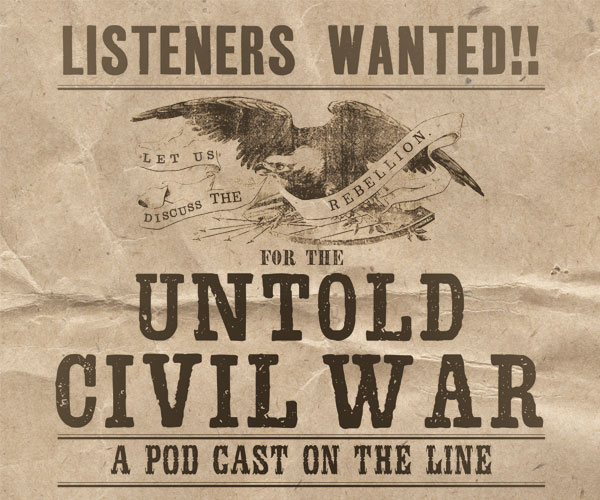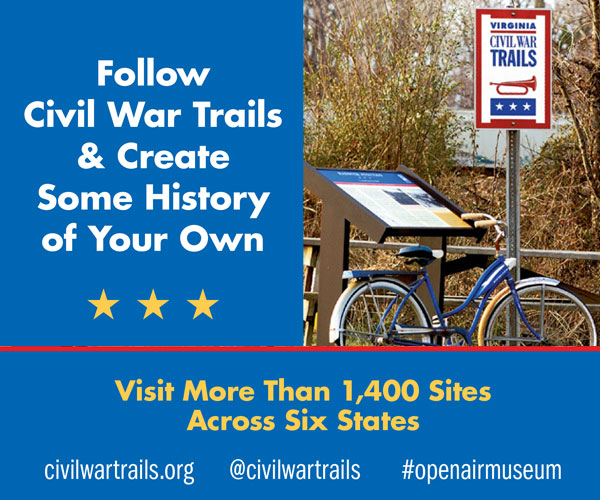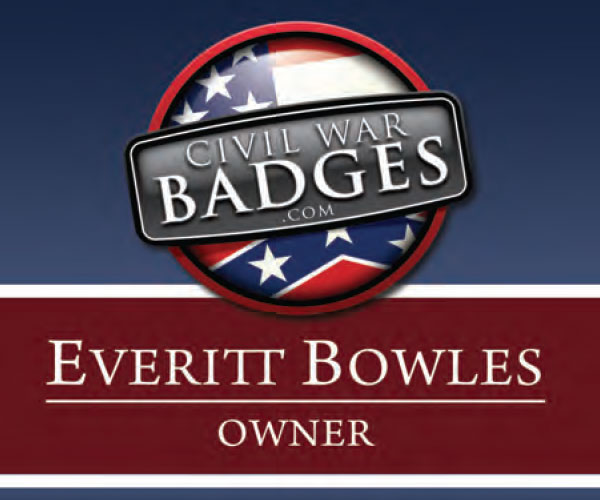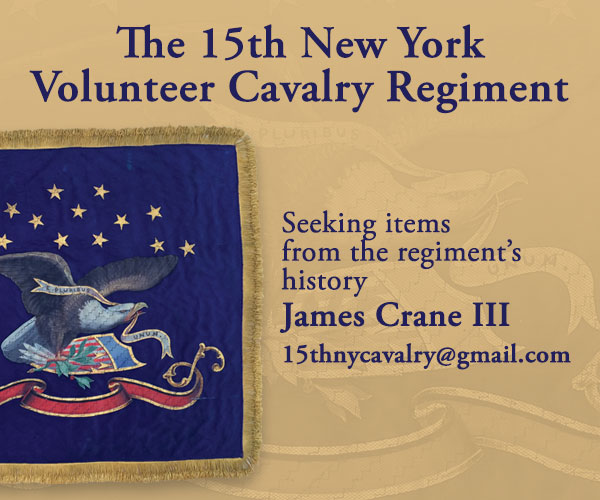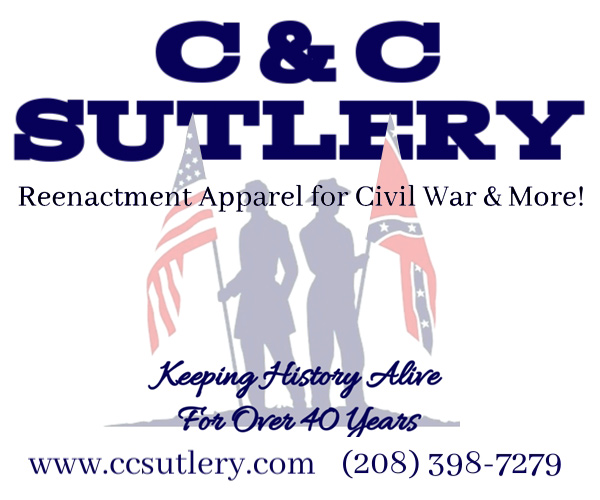The complete issue
Vol. XXIX, No. 2
(40 pages)
Print edition: Visit our store to check availability
Digital edition: Visit JSTOR.org to purchase
Subscribe to MI
Explore the MI Archives: Browse | Advanced search | Tutorial
Inside
Cover image
A sixth-plate ambrotype from the Brian Boeve collection features a heavily armed Union soldier dressed in Zouave-like attire.
Table of Contents (p. 1)
Editor’s Desk (p. 2)
The editor introduces the Antietam theme in honor of the 145th anniversary of the battle and reports that the recent medical-themed issue seemed to be enjoyed by most readers.
Passing in Review (p. 3)
Two books receive favorable reviews. Uniforms, Arms, and Equipment: The U.S. Army on the Western Frontier, 1880-1892, by Douglas C. McChristian (University of Oklahoma Press) and US Infantry in the Indian Wars 1865-91 by Ron Field (Osprey Publishing).
Brothers at Sharpsburg by Brian Boeve (pp. 4-7)
Images of two pairs of warrior brothers and brief sketches of each soldier include William D. Lowe and John C. Lowe of the 13th Mississippi Infantry, and Solomon and Harrison Moore of the 6th North Carolina Infantry.
With the Signal Corps at Antietam by Joseph Stahl (pp. 8-9)
A New England lieutenant, Edward C. Pierce of Company B, 3rd Maine Infantry, was featured in two photographs taken near Sharpsburg, Md., in September or October 1862. The images, by Alexander Gardner, show Pierce at the Elk Ridge Signal Station. Text that accompanies the images explains how the purchase of a carte de visite of Pierce (also pictured) by the author led him on a voyage of discovery that ended with the Gardner images.
A Call to Arms: Images From the Brian Boeve Collection (pp. 10-19)
Representative examples of Civil War soldier portraits from the Brian Boeve collection include 12 unidentified Union soldiers. Three artillerymen, three cavalrymen and six infantrymen are featured.
“The Bullets Fell Like Hailstones:’ A Uniformed Image of Lt. Colonel James B. Griffin, Hampton’s Legion, CSA by Al Luckenbach (pp. 20-21)
The quote used in the headline is taken from a letter written on June 2, 1862, by Griffin to describe the Battle of Seven Pines. It was published in the 1996 book A Gentleman and an Officer: A Military and Social History of James B. Griffin’s Civil War (Oxford University Press). The author goes on to explain how he came to possess and confirm a partially identified carte de visite that he purchased at a flea market in the Dallas, Texas, area and provides a short profile of the subject. The Griffin portrait, made by Wearn & Hix of Columbia, S.C., illustrates the story.
Captain William White Dorr, Company K, 121st Pennsylvania Infantry by Edward Max (pp. 22-23)
Three carte de visite portraits of William White Dorr, the cover of his prayer book and his lieutenant’s shoulder straps are pictured in this tribute to an officer who was killed in action at the Battle of Spotsylvania Courthouse on May 10, 1864.
The Short Life of Clarke Hockensmith by John Sickles (pp. 24-25)
A cabinet card of Hockensmith illustrates a sketch of his life and service with Quantrill’s Guerrillas, which ended with his death near the end of the war when he was shot and killed by Yankees.
Captain Henry C. Miles, 35th Wisconsin Volunteer Infantry by Thomas P. Lowry (p. 26)
Described by the author as an “errant captain,” Miles ran afoul of the military justice system on numerous charges, including “frequent licentious practice” that resulted in venereal disease. He was dismissed from the army in November 1864.
The Officers Club of Boston by Rick Carlile (pp. 27-29)
An elite band of veterans who served in regiments organized in Massachusetts during the Civil War formed one of the most exclusive social clubs in the world. At its height, the club numbered 19 members, and six of them are pictured here. They include Robert Hooper Stevenson of the 24th Infantry, Henry Sturgis Russell of the 2nd Infantry and 5th Cavalry, Charles Francis Adams of the 1st and 5th cavalries, Dr. Hall Curtis of the 24th Infantry, Henry Lee Higginson of the 2nd Infantry and Charles Albert Whittier of the 20th Infantry.
Spencer Rifles and Carbines by John Sickles (pp. 30-33)
The author details the need for high-tech guns during the Civil War and profiles inventor Christopher M. Spencer, for whom the popular weapon was named. The narrative is illustrated with a carte de visite of an unidentified cavalryman, a 4th Massachusetts Cavalry soldier, a portrait of Col. John T. Wilder of the first brigade in the Union army to be armed with Spencer rifles, an image of William Thieme of the 72nd Indiana Infantry of Wilder’s Brigade and Albert J. Tift of the 5th Michigan Cavalry.
The Confederate Soldier (p. 34)
A ninth-plate ambrotype from the Al Camblin collection pictures Wiley G. Grist of New Hanover County, N.C., is featured in this installment. He served in the 1st North Carolina Light Artillery and the 41st North Carolina Troops, also known as the 3rd North Carolina Cavalry.
Uniforms & History by Michael J. McAfee (pp. 35-37)
In “Zouave Regiments of the National Guard, State of New York, 1866,” McAfee subtitles the narrative “Once a Zouave, always a Zouave?” Noting that “some veterans of the Civil War seem to have felt the need to continue the fraternity of soldiers into peacetime,” he details three regiments of Zouaves, the 1st, 3rd and 4th New York militia regiments. The text is illustrated with two engravings and a half dozen carte de visite portraits. Identified images include Charles Blumenroether of the 1st, Almar Webster and Mortimer Mackenzie of the 1st and John Hock of the 4th.
Back cover story (p. 38)
The life and military service of David T. Poyner is detailed here.
Sutler’s Row (p. 39)
The Last Shot (p. 40)
A sixth-plate tintype of two unidentified Union soldiers playing cards and holding firearms is part of the Derek Manov collection.
Back Cover
Sixth-plate ambrotype from the J. Dale West collection pictures Capt. David T. Poyner, who served in Company A of the 5th Battalion Virginia Infantry.
